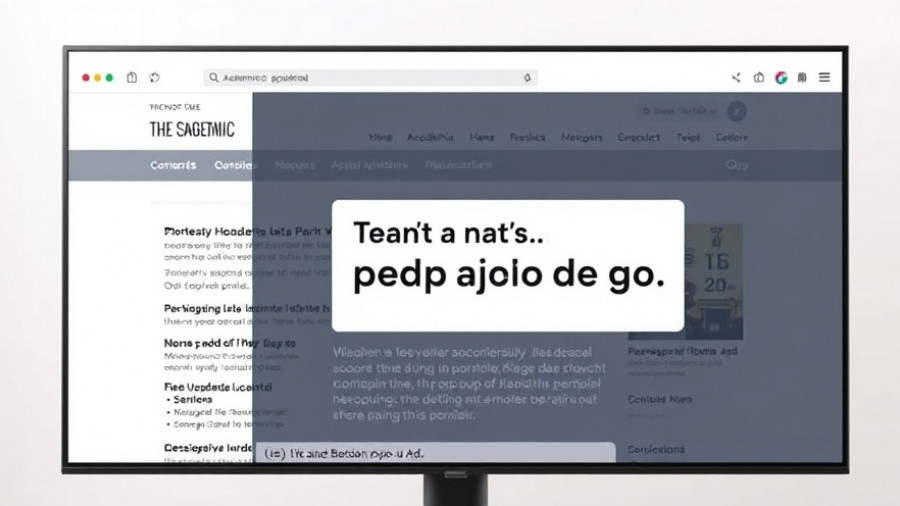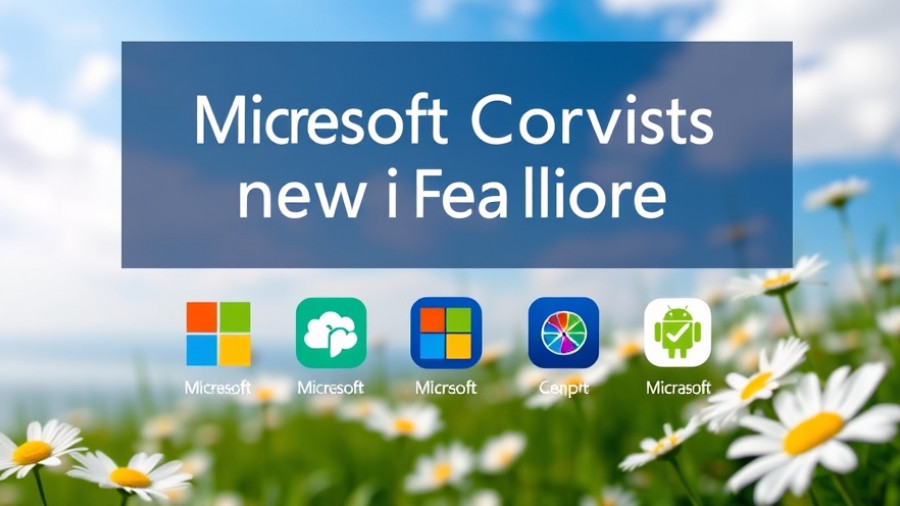
Microsoft Takes a Step Back on Copilot in SQL Server Management Studio
Recently, Microsoft announced it will pause the integration of its Copilot feature into the SQL Server Management Studio (SSMS) 22 Preview 1. This was a significant pivot from their goal of embedding AI into every facet of their software offerings. The Copilot tool, which had been a prominent feature in SSMS 21, will not be included in the latest preview, as Microsoft refines its approach to the AI landscape in software development.
According to Erin Stellato, a principal program manager at Microsoft, after gathering feedback from user surveys, it became evident that 75% of users preferred the compatibility of Copilot with GitHub, leading to the decision to rely on GitHub Copilot moving forward. This shows an interesting trend in how user feedback can drive product development, particularly in a field as rapidly shifting as artificial intelligence.
The Shift to GitHub Copilot
Following the feedback, the Microsoft SQL Server team decided to reinvent Copilot's capabilities by moving towards GitHub Copilot. Although this shift does not eliminate Copilot from SSMS 21—it’s described as a "feature-frozen preview"—the absence of the tool in SSMS 22 Preview 1 represents a strategic decision. Microsoft's goal is to create a more seamless integration with their products, aligning SSMS more closely with GitHub's environment.
The User Experience: Friction and Functionality
Prior experiences with Copilot in SSMS have presented users with complexities. Stellato acknowledged users often faced challenges during initial configurations of the feature. To effectively use Copilot, some users needed to set up Azure OpenAI endpoints—a process that undoubtedly created friction and dissatisfaction among users seeking seamless assistance. By postponing Copilot's inclusion in SSMS 22, Microsoft aims to rectify these hurdles, ensuring that when Copilot is reintroduced, it will be more coherent and functional than before.
Looking Ahead: What’s Next for SSMS Users?
While there’s disappointment surrounding the absence of Copilot in SSMS 22 Preview 1, it appears that this decision may lead to a more refined user experience in future updates. The SQL Server team intends for Copilot to eventually function as an integrated feature, enriching the user interface with context-sensitive assistance and enhanced retrieval-augmented generation (RAG) capabilities.
This foresight not only reflects an understanding of user needs but also emphasizes the importance of foundational architecture in AI development. A well-integrated system can optimize workflow, enhance productivity, and maintain relevance with the evolving tech landscape.
The Bigger Picture: AI's Role in Software Development
This decision by Microsoft is more than just a temporary delay. It signifies a growing awareness in tech companies about the nuance needed in AI deployment. As Gartner predicts that all IT work will involve AI by 2030, companies are beginning to understand that merging advanced technologies with user-friendly interfaces is essential.
The commitment to improving Copilot's functionality before its full implementation speaks to a broader trend in software development: putting user experience at the forefront of AI innovations. This aligns with the increasing desire among software users for responsible and effective AI solutions that genuinely enhance their productivity without the headaches associated with complicated setups.
Conclusion: Navigating the Future of AI in Technology
In conclusion, Microsoft’s decision to pull back on Copilot in SSMS 22 Preview 1 highlights the significance of user feedback in tech development. As companies navigate the complexities of AI integration, the focus remains on creating value-driven solutions that enhance workflows rather than complicating them. Moving forward, the successful integration of GitHub Copilot into SSMS could redefine how users interact with these platforms and set a precedent for other tech firms aiming to harness AI’s capabilities responsibly.
 Add Row
Add Row  Add
Add 




Write A Comment